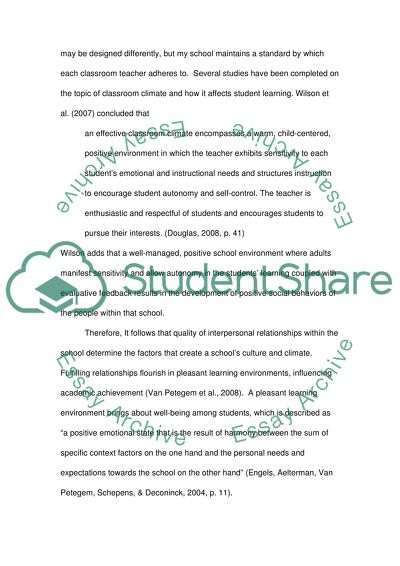Cite this document
(“School Culture and Climate Management Research Paper”, n.d.)
Retrieved from https://studentshare.org/family-consumer-science/1423981-school-culture-and-climate-management
Retrieved from https://studentshare.org/family-consumer-science/1423981-school-culture-and-climate-management
(School Culture and Climate Management Research Paper)
https://studentshare.org/family-consumer-science/1423981-school-culture-and-climate-management.
https://studentshare.org/family-consumer-science/1423981-school-culture-and-climate-management.
“School Culture and Climate Management Research Paper”, n.d. https://studentshare.org/family-consumer-science/1423981-school-culture-and-climate-management.


